Showing posts sorted by date for query Toine Scholtz. Sort by relevance Show all posts
Showing posts sorted by date for query Toine Scholtz. Sort by relevance Show all posts
Saturday, July 30, 2022
FusionLab ION Synthesizer
video upload by Toine Scholtz
"A little video demonstrating the Ion, a digitally controlled analog monosynth that I built a while ago. All the music in the video was created using the synth only (sequenced from and recorded into Ableton Live).
I started sketching the concept for the synth nearly 10 years before I began the build, but had a great deal to learn about analog and digital electronics before I was capable of actually building it. I arrived at the final design around mid-2020, began the build late 2020, and completed it a few months into 2021.
The synth is controlled by MIDI over USB. I used a PJRC Teensy 3.1 microcontroller and several DAC ICs to generate control voltages.
The Ion has 3 VCOs, each producing a slightly different selection of waveforms, and a noise source with its own state variable filter. Each VCO can produce a pulse width waveform, and each has a dedicated LFO to control PWM. There are two main resonant VC filters, each with continuously variable responses between LPF, HPF, BPF and notch. The filter configuration can be continuously faded between series and parallel.
The synth has a main VCA with dedicated envelope generator, and each VCF has a dedicated EG controlling cutoff frequency. A dedicated LFO can control the frequency of one or all three VCOs. Three other modulation sources, an EG and two LFOs, can be routed through the modulation matrix, a two channel matrix with 7 sources and 8 destinations available on each channel. Each VCO output can be also used as a mod source, as can the noise source. The matrix destinations include VCO pitch, VCF cutoffs, and AM of one of the VCOs and the main VCA.
The synth uses a Doepfer DIY synth board, which provides one of the VCOs, one of the VCFs and its envelope generator, the main VCA, the pitch modulation LFO, and the slew limiter used for the glide control. All the remaining modules are either completely discrete or make use of dedicated synth chips.
The design of VCO1 is adapted from Thomas Henry's astoundingly good VCO-1. The second VCF derives from Thomas Henry's beautiful VCF-1 design. VCO2 uses the AS3340 clone of the classic CEM chip. One of the mod source LFOs is based on a very elegant Ray Wilson design, and the other mod source LFO and envelope generator (as well as the main EG and the EG modulating the other VCF) are build using the fantastic modulation chips designed and supplied by Electric Druid. The noise source is also based on the Electric Druid noise generator IC.
In practice, the synth architecture is predominantly subtractive, but the mod matrix means it's also possible to do basic FM, although that's fairly limited by there being only two mod matrix channels (mod matrices are difficult and expensive to implement).
The synth cost about 5 months of spare time, more money than I have the courage to calculate, and some intense stress and frustration in getting it to work properly. Debugging hardware is much more difficult than debugging software.
It was an amazing journey of learning, and I'm one step closer to knowing how not to build a synth. It also gave me an even more acute and humbling appreciation of just how astounding is the work done by the synth electronics pioneers, and indeed contemporary designers. I stand, diminutive, on the shoulders of many giants.
https://www.pjrc.com/teensy/
https://doepfer.de/DIY_Synth_e.htm
https://www.birthofasynth.com/Thomas_...
https://www.birthofasynth.com/Thomas_...
http://musicfromouterspace.com/index....
https://electricdruid.net/product/env...
https://electricdruid.net/product/vcl...
https://electricdruid.net/product/noi..."
HOME
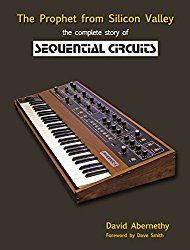
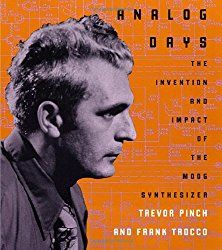
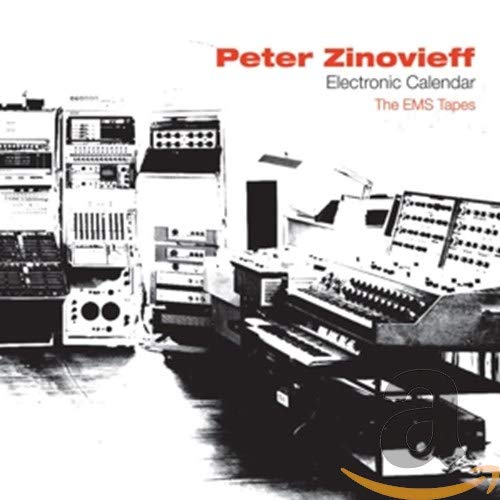
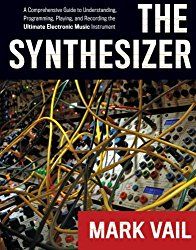
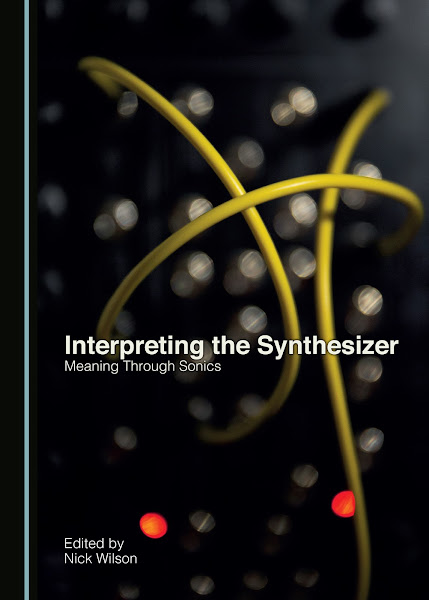
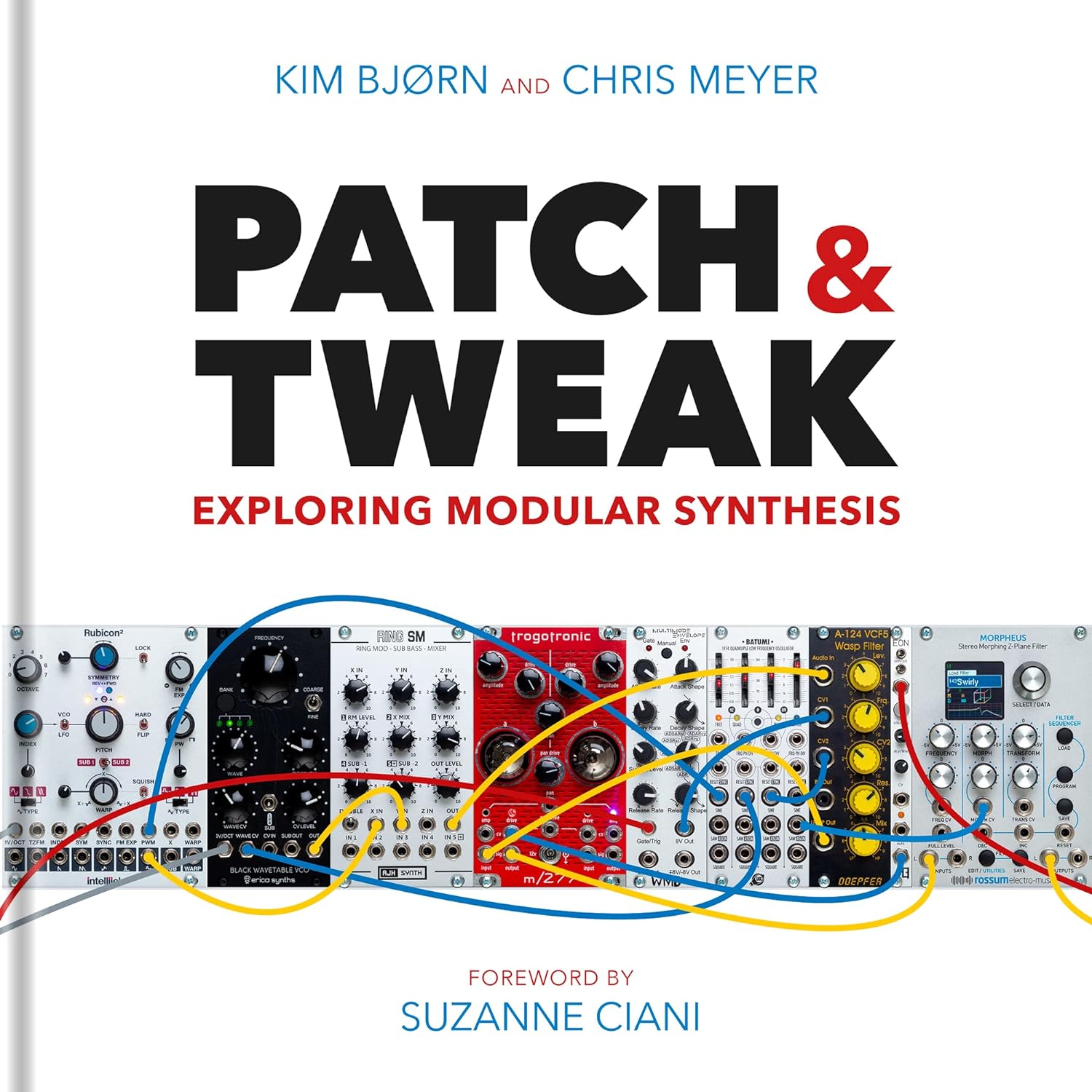
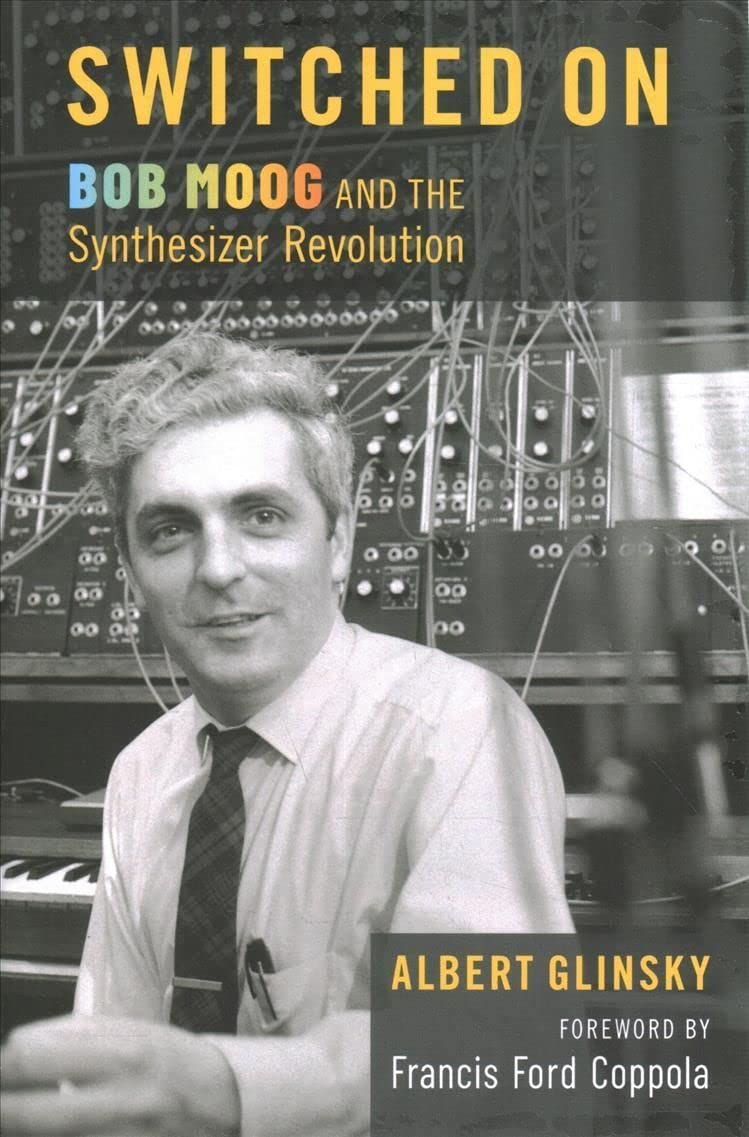
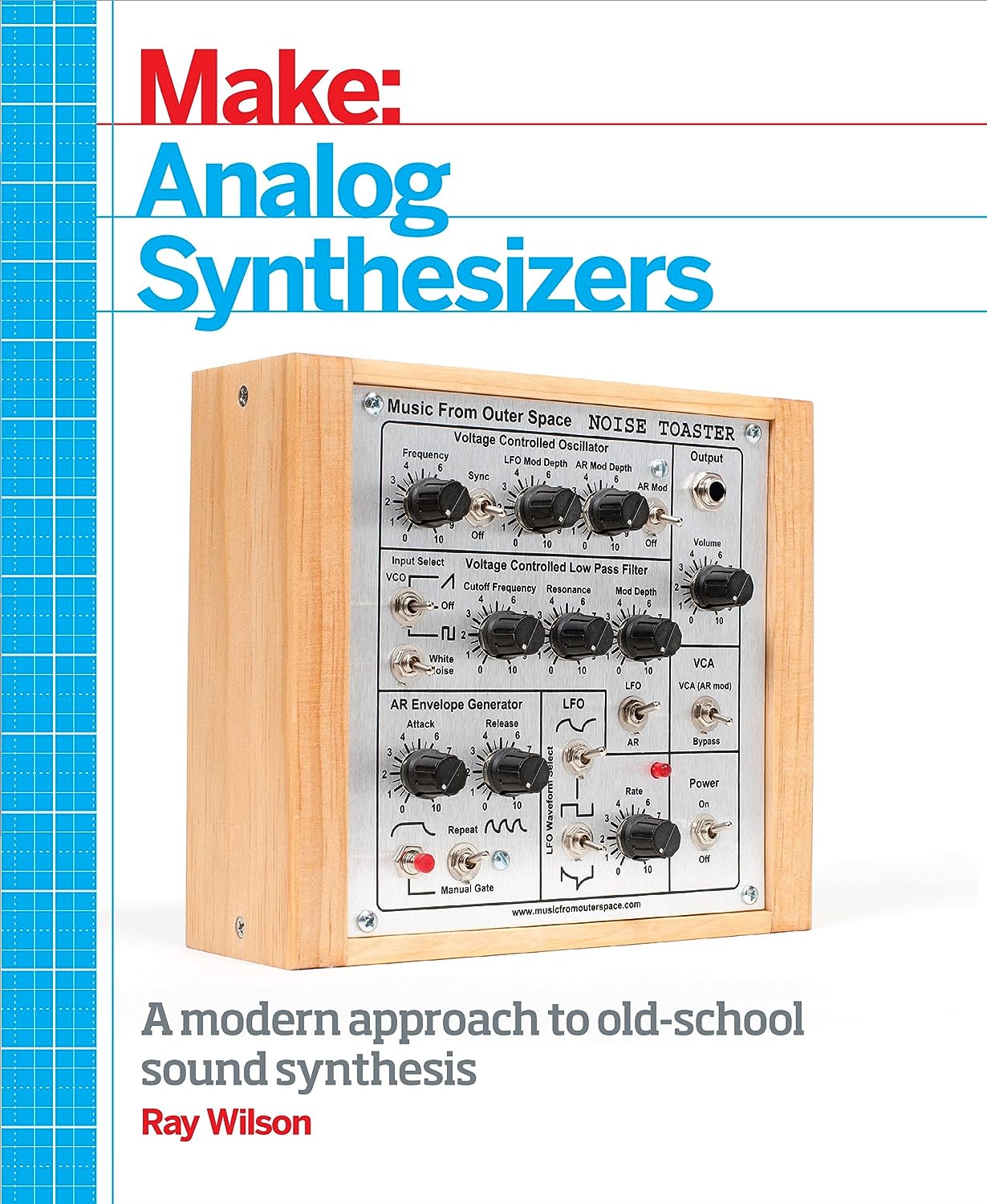
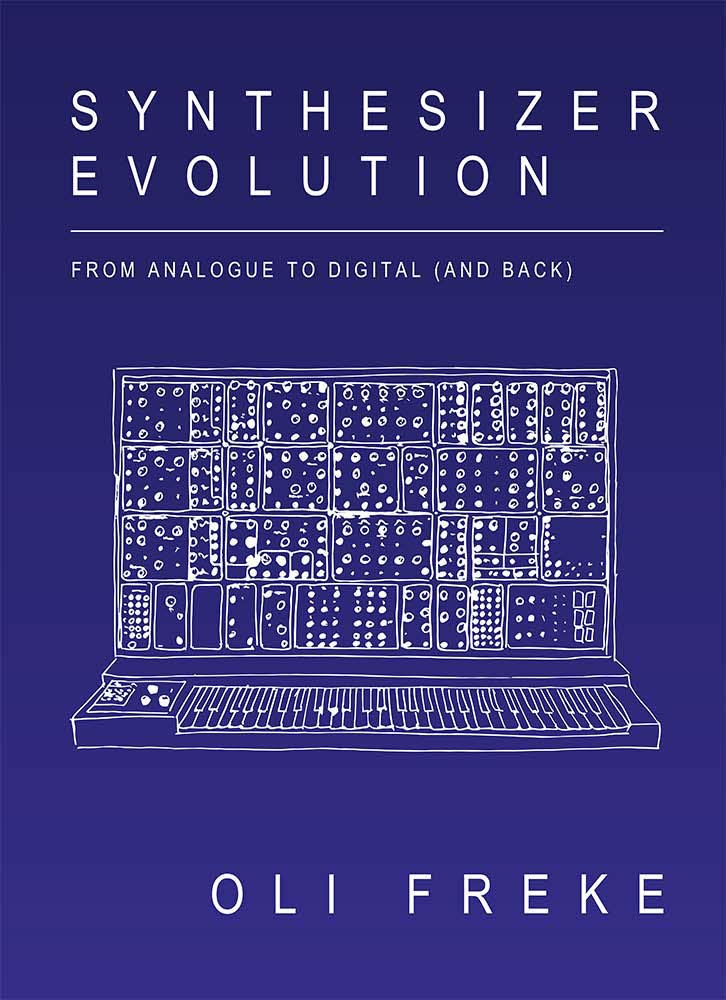
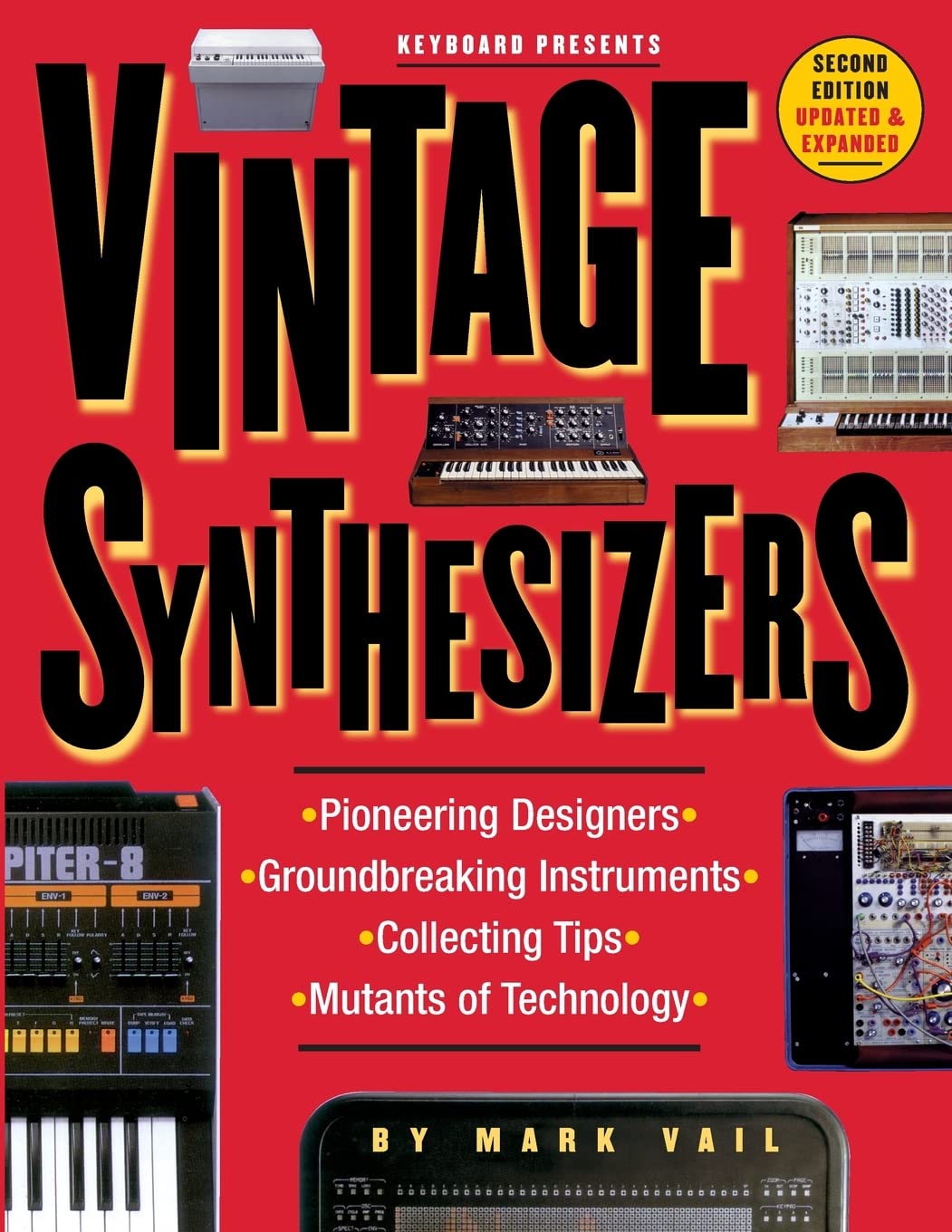
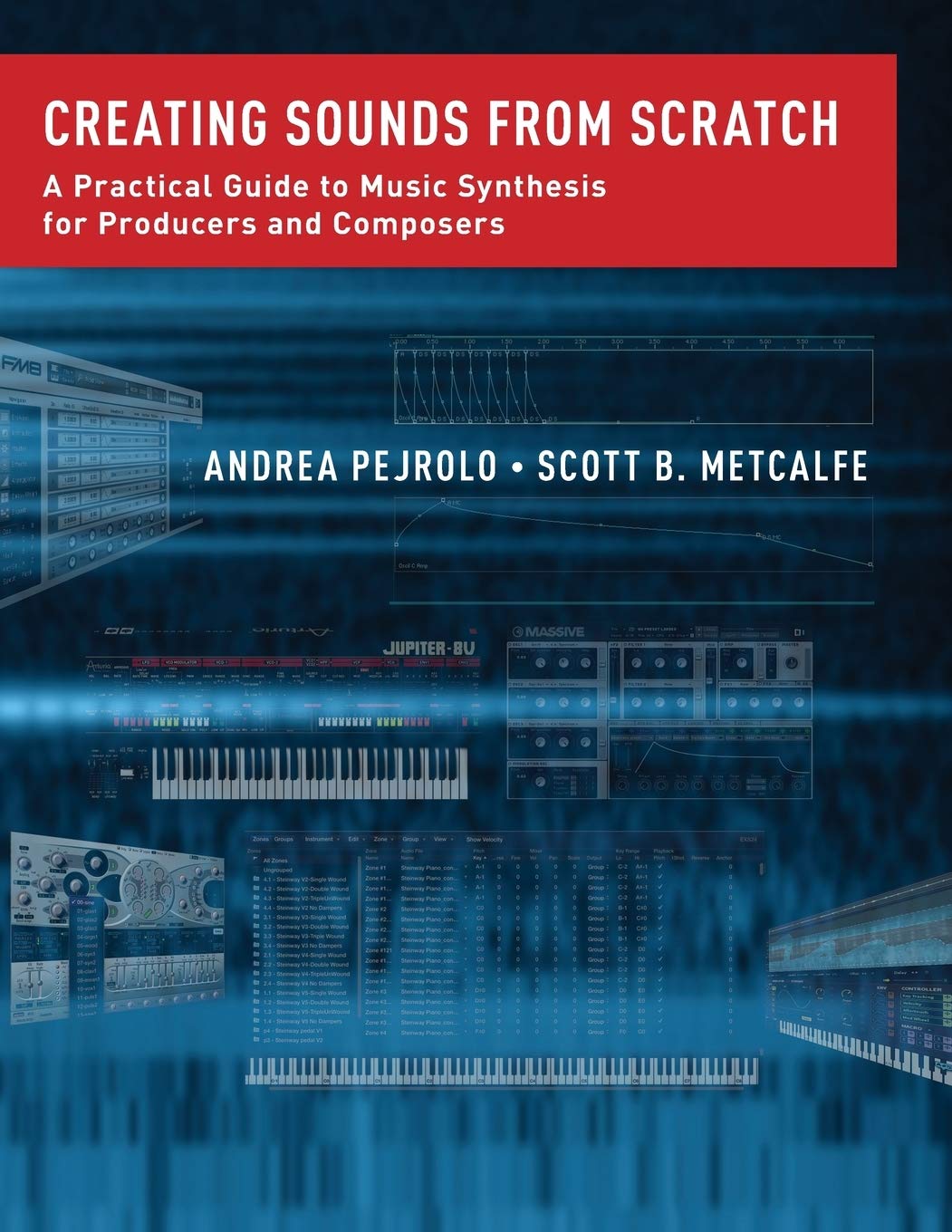
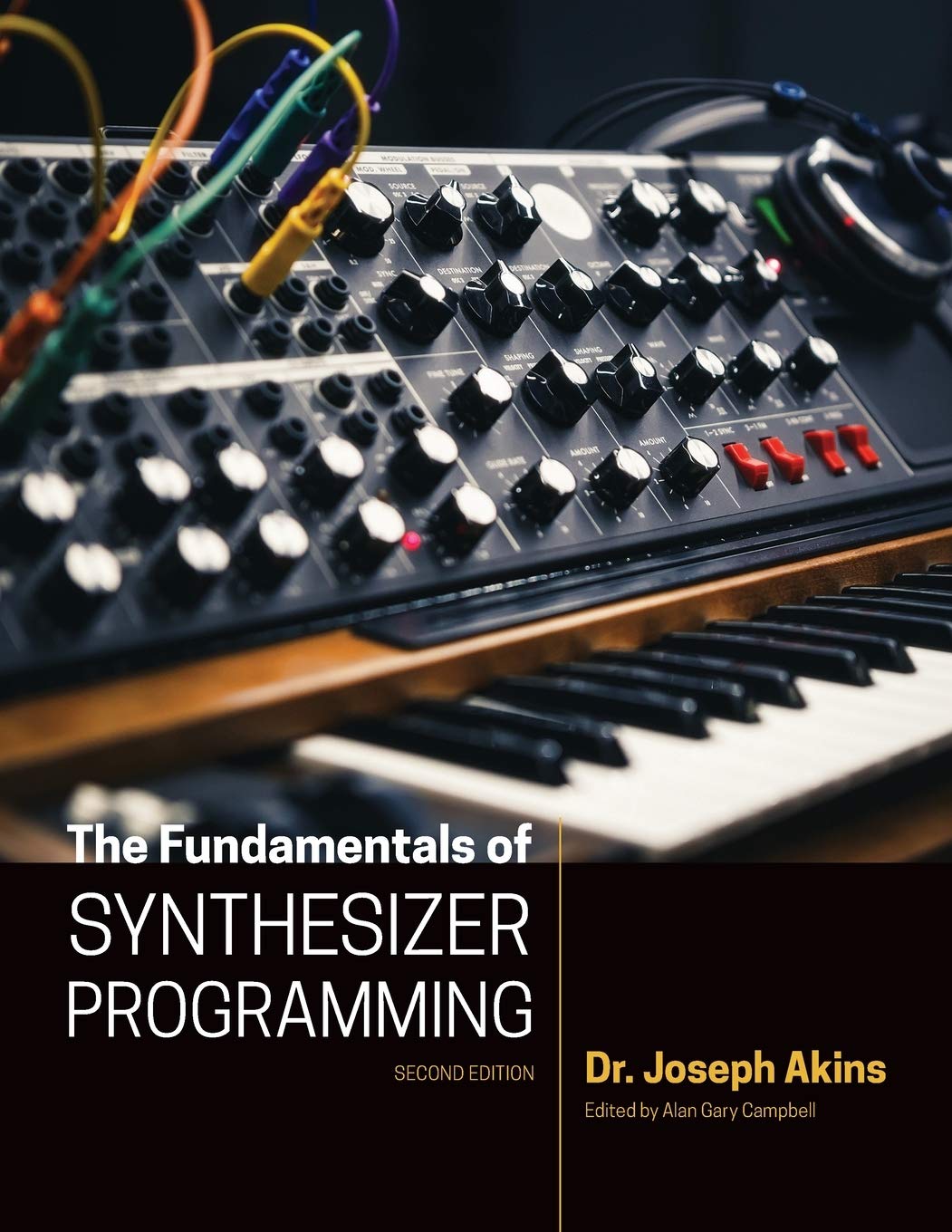

© Matrixsynth - All posts are presented here for informative, historical and educative purposes as applicable within fair use.
MATRIXSYNTH is supported by affiliate links that use cookies to track clickthroughs and sales. See the privacy policy for details.
MATRIXSYNTH - EVERYTHING SYNTH













© Matrixsynth - All posts are presented here for informative, historical and educative purposes as applicable within fair use.
MATRIXSYNTH is supported by affiliate links that use cookies to track clickthroughs and sales. See the privacy policy for details.
MATRIXSYNTH - EVERYTHING SYNTH
























